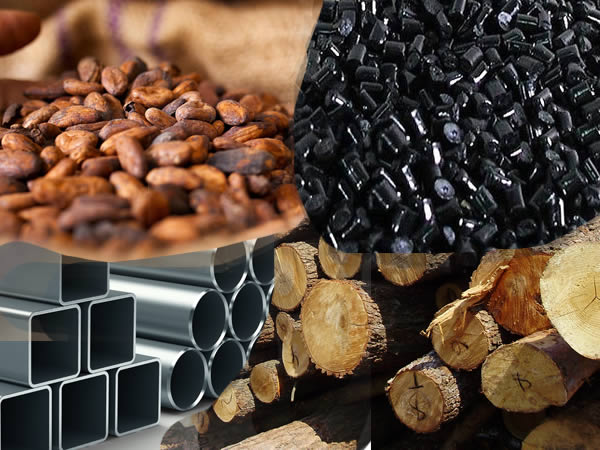

Raw Materials
The production of tobacco and its related products uses a considerable amount of resources such as water, wood and carbon fuels, often in a non-sustainable way. Beyond needing raw materials such as tobacco leaf and wood for the production of cigarettes, some industry techniques to increase efficiency also require increased energy consumption. In 2020, PMI reported their annual total energy consumed to be approximately 2,500 GWH.16 BAT reported the same annual total direct energy use in 2020.17 To put this into perspective, the WHO points out that this energy use is “equivalent to building around 2 million automobiles”.
The most important component of cigarettes is tobacco, which grows in two varieties: Nicotiana tabacum, or cultivated tobacco, and Nicotiana rustica, or wild tobacco. Native to the western hemisphere, the plant is now widely grown in countries such as China, India, Brazil, the former Soviet Union, Turkey, and the U.S. About one third of the tobacco cultivated in the U.S. is exported. North Carolina is the leading domestic grower, followed by Kentucky, South Carolina, Tennessee; Virginia, and Georgia, all of which have favorable soil and climates for tobacco growing. The plant does best in light and sandy loam soils that drain well and permit good aeration. The tobacco plant requires a frost-free growing season of 100-130 days; thus, it tends to be cultivated within 50 degrees latitude of the equator.
Cigarette rolling papers use seed flax mixed with paper pulp to produce a thin, flammable paper. The filters are made of synthetic, cotton-like fibers that catch particles as they are drawn through the length of the cigarette. The finished cigarettes are packaged in hard or soft cardboard boxes and wrapped in protective cellophane.
